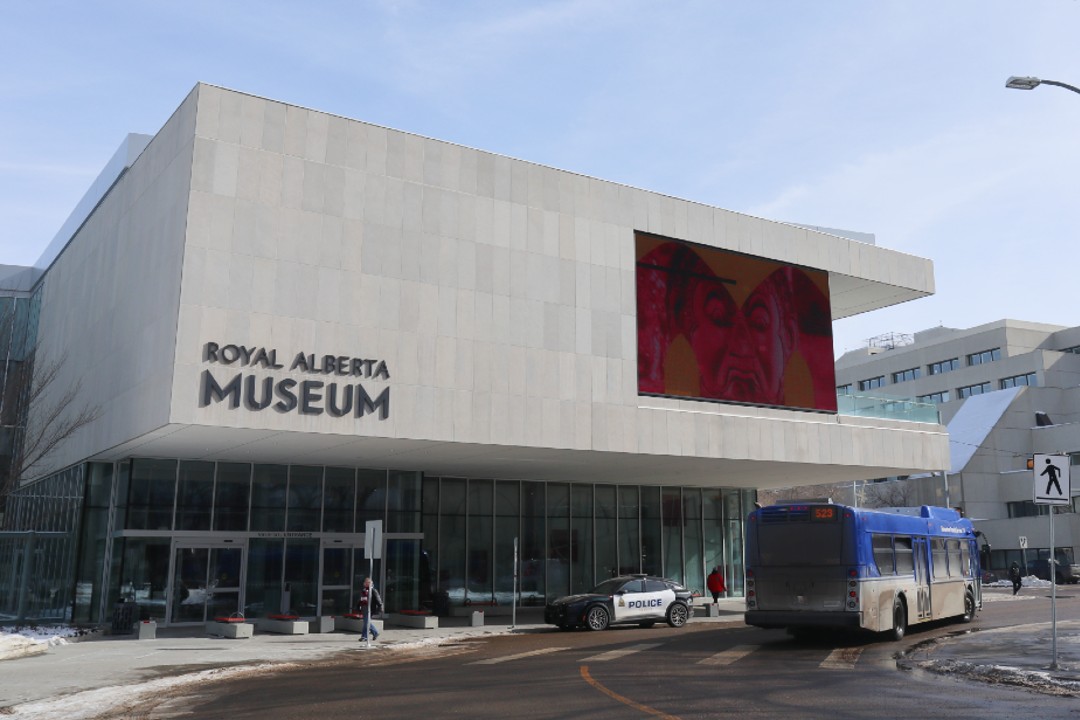
Returning Indigenous artifacts from RAM important but complicated, experts say
Candace Wasacase says when she visits the Manitou Stone, she can feel its energy.
"If you've ever been in the presence of it, you cannot be angry in the presence of the stone," she said.
Thousands of years ago, the 145-kilogram iron meteorite fell from the universe and landed on a hill somewhere near Hardisty, Alta., Wasacase said. "It was the original site to gather, to pray. It was always seen as a place of peace, healing, and understanding amongst the tribes of the time, prior to colonization," she said. "This was the heart and the spirit, sort of the centre of Indigenous spirituality."
A Methodist missionary stole the stone from its original location more than 150 years ago. The Royal Alberta Museum in downtown Edmonton now houses the stone, also called Manitou Asinîy (Creator's Stone), awâsis kôhtakocihk kîsikohk (the child who fell from the sky), the Iron Stone, the Iron Creek Meteorite, and the Shining Rock. The museum keeps the stone in an area near the admission desk, so people can visit it without paying. The stone rests on soil from near where it hit the earth. Museum staff smudge the stone twice each week.
But while the museum is the repository for artifacts found in the province and houses 12 million pieces of history from more than 40,000 archaeological sites, it won't be the Manitou Stone's home for long. Two years ago, the Alberta government agreed to return the stone to the land. Wasacase is CEO of the Manitou Asiniy-Iniskim-Tsa Xani Centre, the organization charged with building a new home for the stone. She told Taproot the centre is taking shape, with many moving parts involved. The centre needs to raise money, secure land, and create a marketing team. A project of this importance is going to take time and care, Wasacase said.
"A lot of this is about building on hope, building on stories that we need to take back for ourselves," she said. "It's about building community trust and community relations because I think there's sort of a sense of loss that hasn't been properly expressed."
Wasacase, who's a member of Kahkewistahaw First Nation in southern Saskatchewan, said the theft of the Manitou Stone had long-lasting consequences for Indigenous people on the Prairies. "At the time, it was prophesized if the stone was ever taken that great harm would come to Indigenous people — that the bison would leave us, there would be famine, disease, war between the tribes, and all those things happened," she said. "The path to restoring that is to reclaim culture, identity, language, pride, and all of those things are represented in the body of this stone."
Repatriation of Indigenous artifacts is becoming more common in Canada. A treaty medallion, Chief Poundmaker's staff, and a baby carrier are among the items returned to Indigenous communities across Canada in recent years.
Wasacase said repatriation of the stone is vitally important for Alberta and Indigenous nations. "I really think of the work of the Manitou Stone as marrying the idea of reconciliation and reclamation and repatriation," she said.
But right now, repatriating artifacts is not as simple as asking for an item to be returned and museums or other organizations following through. Archaeologists say that's because of legislative requirements, security restraints, and the sheer number of artifacts.




